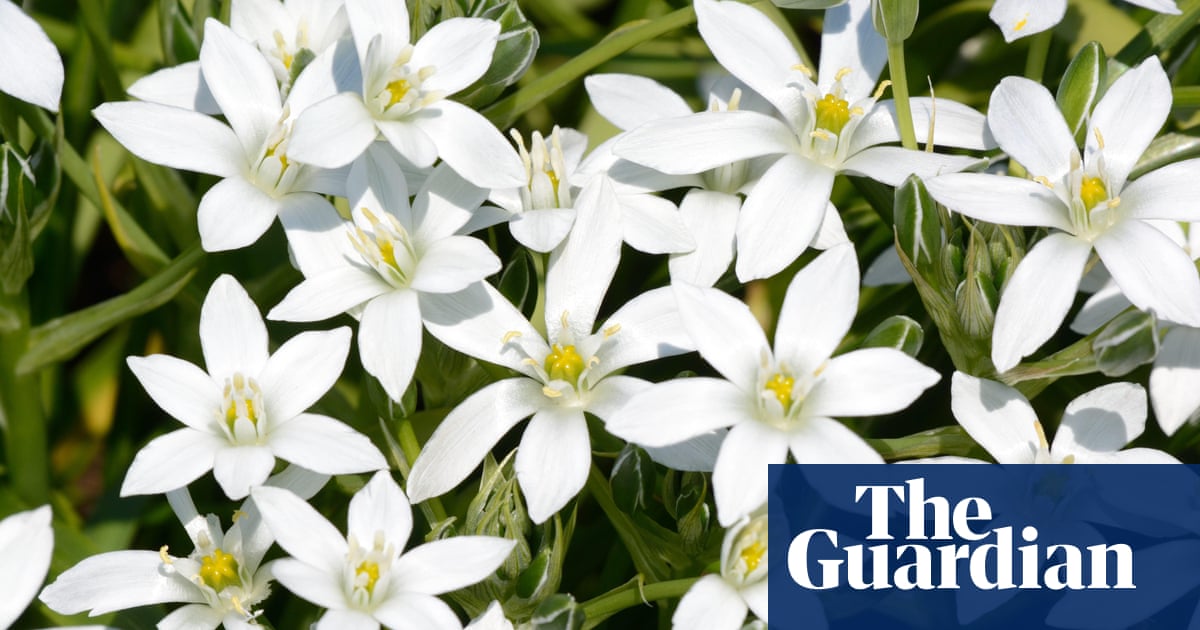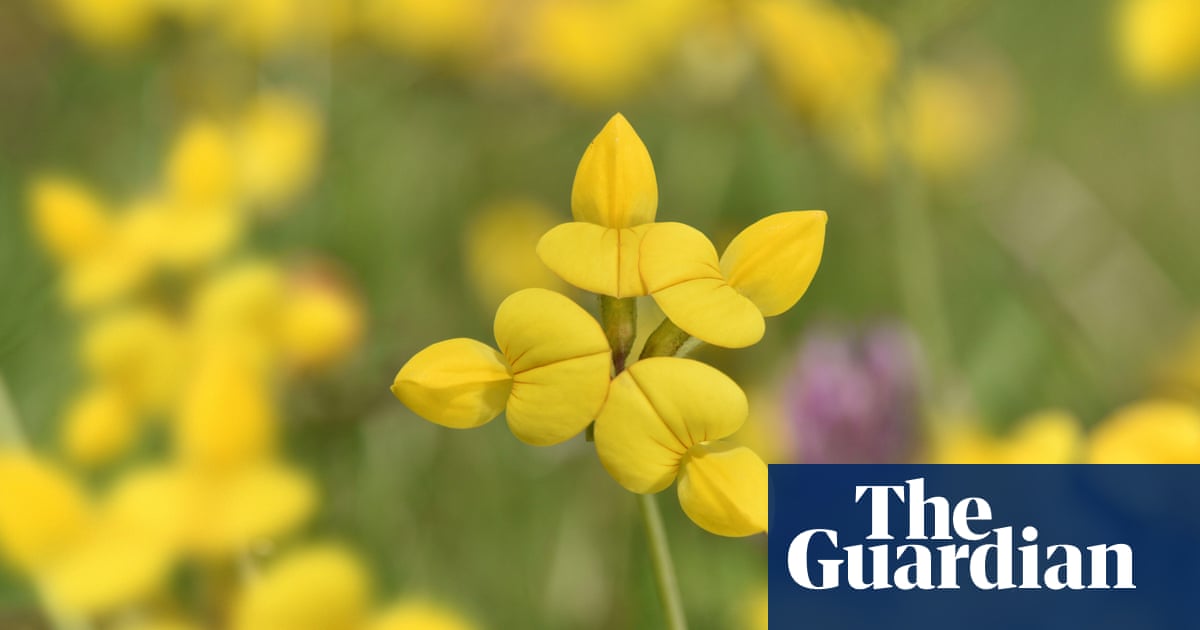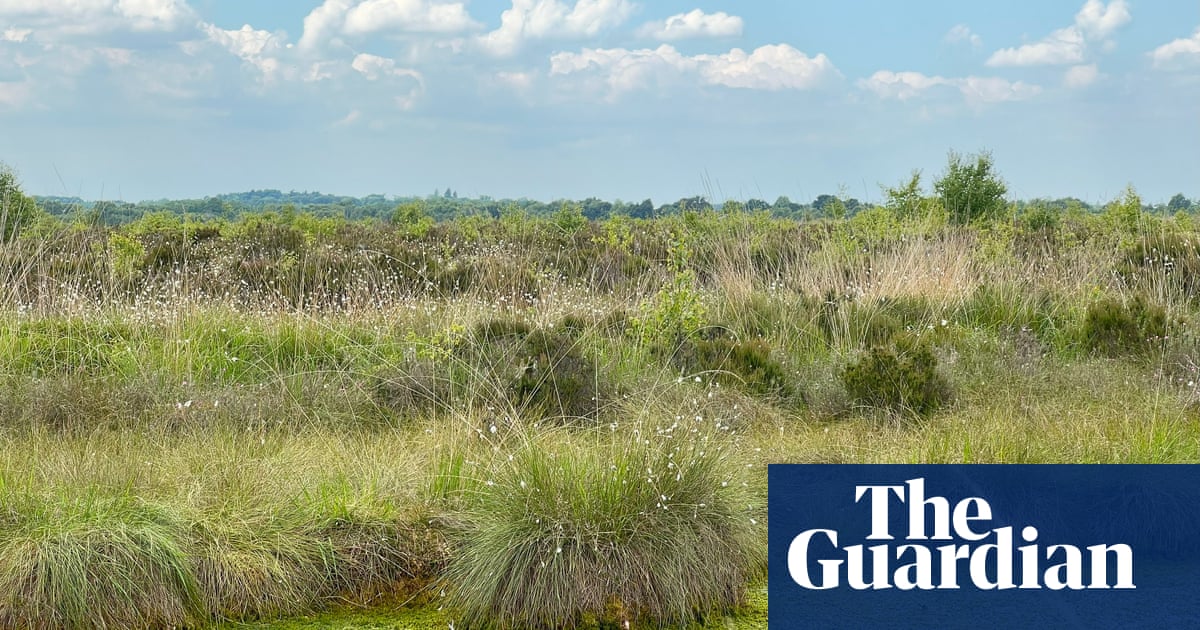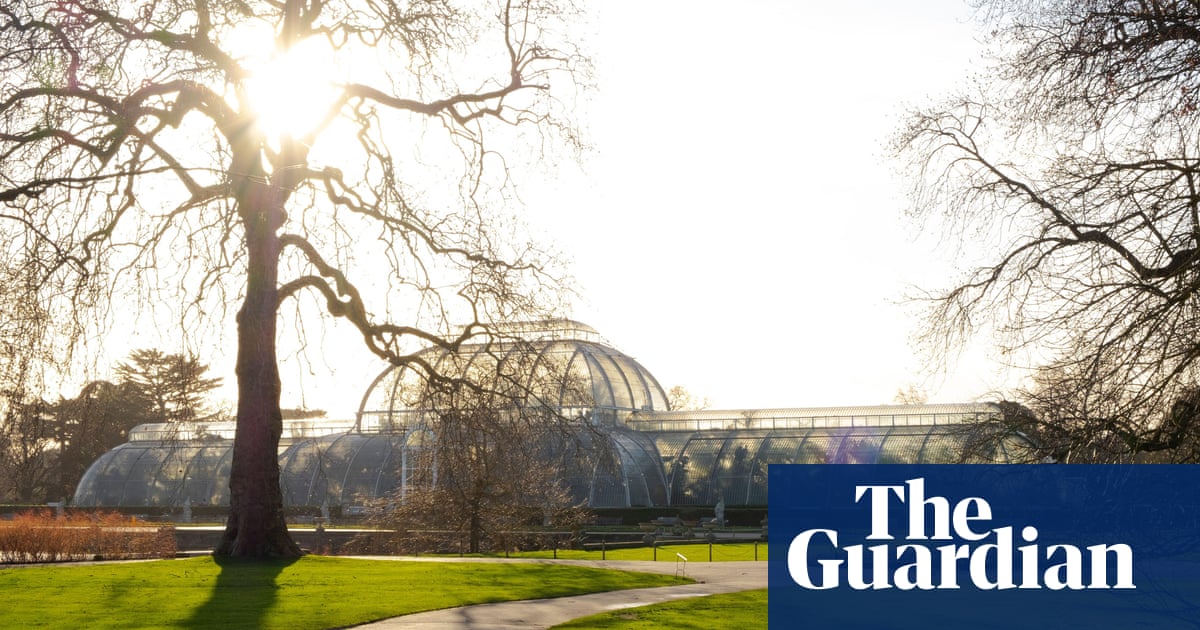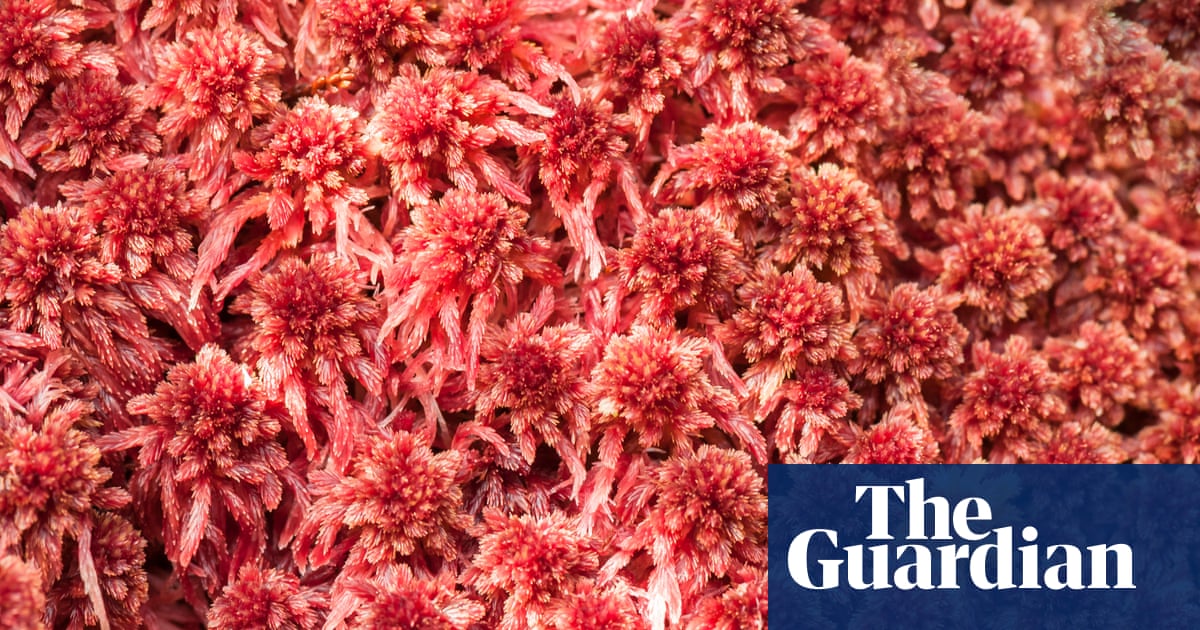
The white flowers of the bogbean shake, sprinkling starlight over the bog. They stand unsteadily in the pools, moving with the slightest wind. As the first colour of the morning fills in, it comes not just from above but below, where red mosses glint from the dark peat. Sphagnum capillifolium, acute-leaved, or red bog moss, forms dense hummocks, rising from the ground like an outward pulse of blood: a fleshy, silent circuitry.
Stretch upon stretch of red courses through the heather and bog myrtle, while behind them, the dim mountains are hugged by cloud. Shadows move in. Rain begins. Small circles form on the top of the bog pools as the sweet scent of myrtle washes through. The only sound is the rain hitting my coat and the surface of the pools. The only movement is the drop of the water and the cool brush of leaf into leaf, stem against stem.
I lower myself and listen. Here, by the bog, there is a squelch and a gurgle and a pop. Here, by the moss, is a sink and a suck and a thirst. Known hoarders, some sphagnum mosses can hold around 20 times their own weight in water. Most peatlands, above the water table, receive their only water from rainfall. There is an urgency to the drumming fall and its eager recipients. The water’s volume increases with each passing minute. Then, tiny springtails leap between the leaves; their crashing bodies find their feet in rhythmic miracles of landing. This close to the sphagnum is a sounding of what is often hidden, a burst of microscopic living. The bog is only quiet at human height. The moss is only silent from our distance.
I pull myself back up, following the trails of red bog moss through the heather. Its silent circuitry is now one of pops and tremors. Its exposed veins are flaming tributaries flashing by the rising pools. The bogbean quakes in the rippling rain. The mosses soak, filled with light again. Day breaks. Rain slakes the yearning ground.




